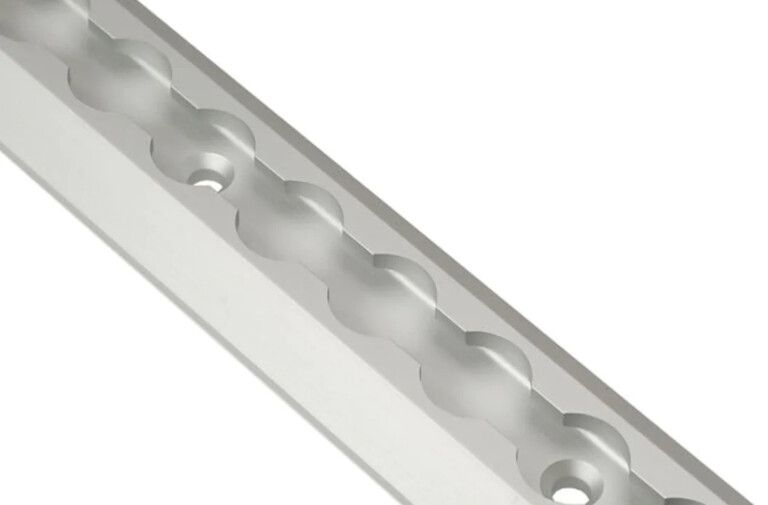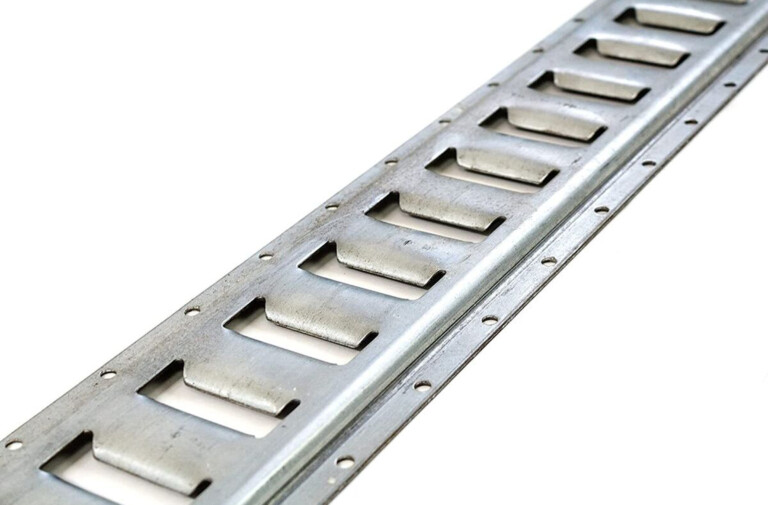When you are ready to ratchet strap a car, truck, or piece of equipment to a trailer, internet research can show you that there are varying opinions about the best way to do it. And no matter who gives you their insight, their way is right — no matter what. I am not here to start an argument about the subject, but rather, to give you a few things to think about when you do strap down that valuable commodity.
With so many different opinions on the subject, I thought it prudent to get some professional insight into the subject in order to eliminate some of the confusion. To that end, I reached out to the folks at Mac’s Custom Tiedowns. Before you ratchet the first strap, there are a few things you need to consider. It goes without saying that the first thing you should do is make sure your straps are in good shape. If it has any signs of wear or fraying, get a new one(s). Also, make sure they have a sufficient load rating for what you intend to secure to the trailer.
There are many ways to secure a car to a trailer. You can use the strap through the wheel, over the wheel, or from the axles. Regardless of which method you choose, the straps should never be parallel to the vehicle. Always extend the straps outward from the car to the trailer. If possible, crossing the straps is a good idea. If crossing is not possible, at least make sure they extend outward. This helps keep the car from moving side-to-side when encountering bumps in the road.
Strap A Car How?
Watch four guys ratchet strap a car or piece of equipment and you will see at least two different ways of doing it. So I asked Mike Mehedin, media relations and account executive for Mac’s to inform me about what they feel is right and what is wrong.
Diesel Army (DA): I have seen people strap a car via axle straps, with frame hooks, through the rim, and even with single straps or “nets” over the tires. Is one way better than the others? What are the pros and cons of each way?
Mike Mehedin (MH): Whether using a standard straight-pull strap with an axle strap or using tire nets, it depends on the tie-down situation and owner preference. Both provide the same level of strength and protection for your vehicle. For most, a standard straight-pull tie-down strap with an axle strap is a great choice. Simply route the axle strap around the vehicle’s axle and run out to an anchor point or to chain extensions in stake pockets.
Both L-Track (left) and E-Track (right) are great options for securing…
Click Here to Read the Full Original Article at DragzineDragzine…


